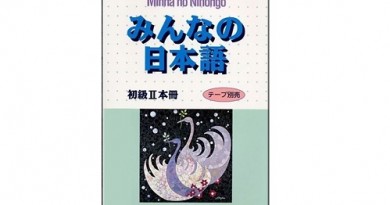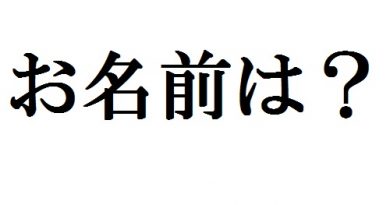On-reading and Kun-reading in Japanese

When learning Kanji, we can see that there is an explanation of on-reading and kun-reading for each Kanji. This is a very basic concept in Japanese, but many people don’t know well. Therefore, in this post, Learn Japanese Daily would like to introduce to you the lesson: On-reading and Kun-reading in Japanese.
On-reading and Kun-reading in Japanese
Speaking of the origin of Kanji, it derives from China. While Chinese characters were importing into Japan, there were two problems: There were some words with new meanings that Japanese didn’t have, and there were some words that already exist in Japanese and need to be written in corresponding Chinese characters. That’s why we have on-reading and kun-reading in Japanese.
What is on-reading?
In Japanese, on-reading means 音読み (on’yomi – Chinese-derived reading of a kanji). On-reading is used to read the words borrowed from China (mostly compound words). For example, 中国 is pronounced as [zhōngguó] by the Chinese, and in Japanese, it is pronounced as [chuugoku].
火 is pronounced as [Huǒ] by the Chinese, and in Japanese, it is pronounced as [ka].
開花 is pronounced as [Kāihuā] by the Chinese, and in Japanese, it is pronounced as [kaika].
What is kun-reading?
In Japanese, kun-reading means 訓読み (kun’yomi – native Japanese reading of a Chinese character). Kun-reading is used to read the original Japanese words written in Chinese characters with the same meanings. For example, 国 means country, but the Japanese have the word くに (kuni) which has the same meaning as 国, so we still pronounce it as [kuni] even if it is written as 国.
With 火 (fire), the Japanese have the word ひ (hi) which has the same meaning as 火, so we pronounce 火 as [hi].
When to use on-reading and kun-reading
We use on-reading with the compound words (only contain kanji). For example: 結婚(けっこん): marriage; 税関(ぜいかん): customs, customs house.
We use kun-reading to read kanji that stands alone, such as: 国(くに): country; 花(はな): flower ; or with the words that contain kanji and hiragana characters, such as: 飲む(のむ): to drink; 取り付ける(とりつける): to install.
Can we use on-readings of a kanji alternately?
A kanji can have many on-readings and kun-readings. Can we use them alternately? For example, there are 2 ways to read 目 when using on-reading :もく or ぼく. What about the word 目的, can we read it as もくてき and ぼくてき? The answer is no. Each kanji and each word containing that kanji has a certain way of reading depending on the situation, so we can’t use on-readings of a kanji alternately.
The advantage of learning on-reading and kun-reading
Each kanji has one or many on-reading or kun-reading. When we know on-reading of a kanji, we can guess how to read the word containing that kanji.
Is it necessary to learn on-reading and kun-reading?
If you find it is difficult to learn on-reading and kun-reading, you can skip it. It’s okay if you don’t learn on-reading and kun-reading of a kanji. Instead, you just need to know how to read that kanji when it stands alone and remember the compound words that contain that kanji.
Above is On-reading and Kun-reading in Japanese. We hope this post can help you distinguish between on-reading and kun-reading. See other similar posts at category: Japanese particles


